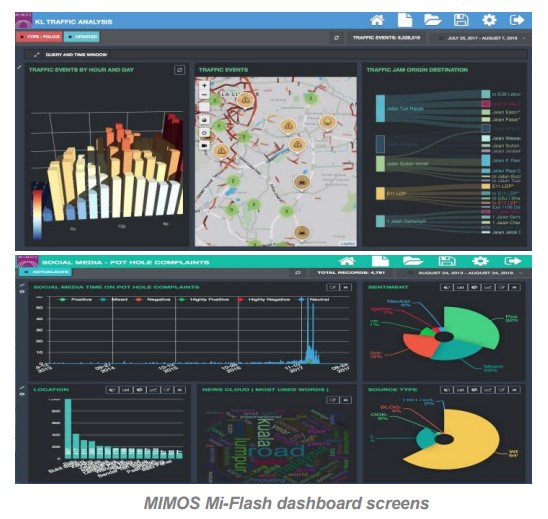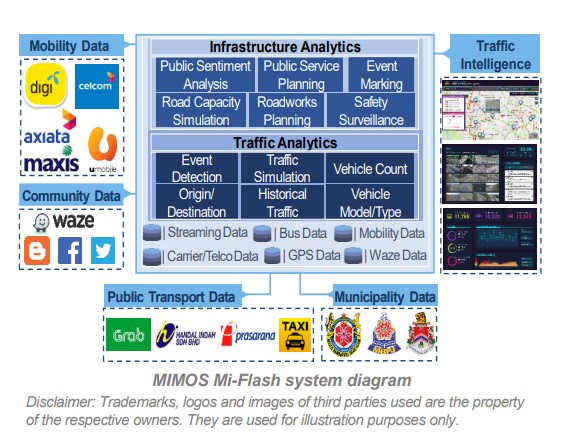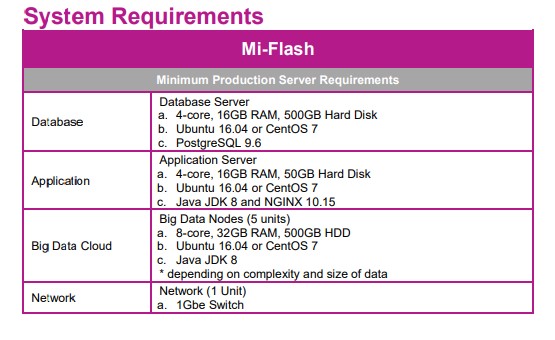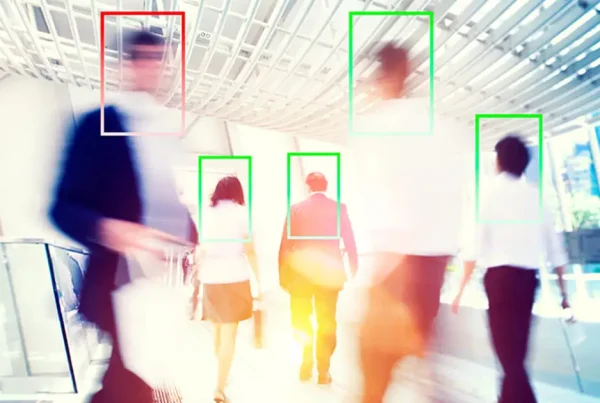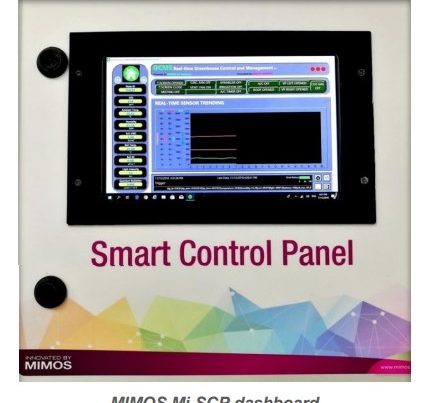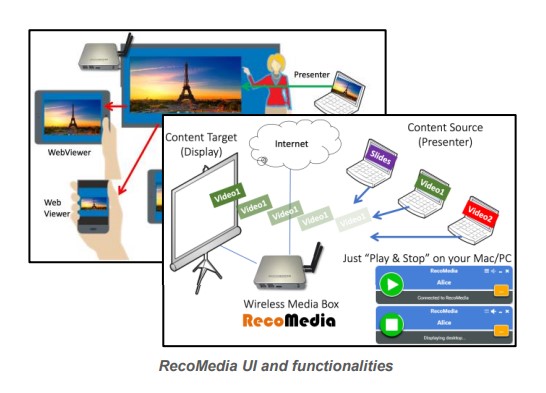Overview
The rapid growth in data in the social domain requires a medium to ingest, analyse and visualise traditional and new information sources. Moving towards smart cities, it is especially crucial for city councils and local authorities to have instantaneous access to a variety of information for city operations and planning. Mi-Flash offers a big data crowdsourcing platform that is able to consume, analyse and visualise huge amounts of structured, unstructured and device data for management convenience.
Mi-Flash is a big data crowdsourcing platform that harvests, analyses and visualises vast amounts of data. Structured, unstructured and device data is replicated and distributed for fast results. Mi-Flash is based on multiple and customised Solr and Hadoop technologies and
is able to handle huge and multi-format data such as traffic, telco,
social data and more.
Technology Summary
Mi-Flash
A big data crowdsourcing platform that harvests, analyses and
visualises vast amounts of data.
Industries: Enterprise, Government, City Councils
Features
- Big data capacity
- Multi-format data consumption
- Analytics integration
- Instantaneous visualisation
Technology Benefits
- Traffic incident and congestion management
- Public infrastructure repairs and maintenance
- Future infrastructure and services planning
Mi-Flash comprises the following features:
Features
Mi-Flash comprises the following features:
- Big Data Capacity
Mi-Flash is able to handle, verify and visualise huge data of up to one billion records. - Multi-Format Data Consumption
Most standard data formats as well as GIS data is consumable
by Mi-Flash. - Analytics Integration Mi-Flash is able to be integrated with statistical libraries for analytics while data is being generated.
- Instantaneous Visualisation
Mi-Flash dashboards are easily customisable and will auto update in real time.
Technology Benefits
The main impacts of Mi-Flash are:
- Traffic Incident and Congestion Management
Centralised information network base containing multiple data sources such as highway and public transport reports, traffic (e.g. Waze) data and CCTV data for traffic for accident and congestion management and traffic redirection. - Public Infrastructure Repairs and Maintenance Crowdsourced social information is used to quickly address road and public amenities’ disruption of service so accurate and
effective repairs and maintenance are carried out. - Future Infrastructure and Services Planning Multiple information inclusive of sentiments of citizens on social media are drawn as input for future infrastructure and services planning for cities.
